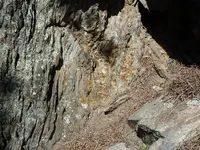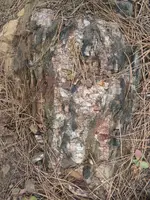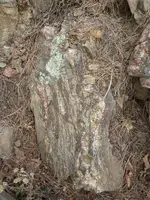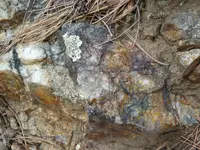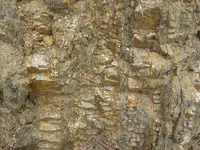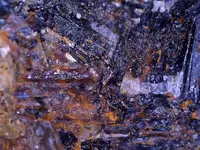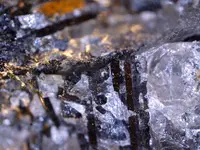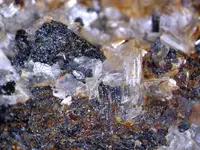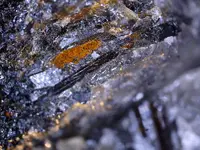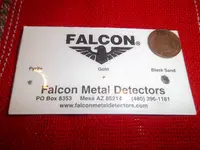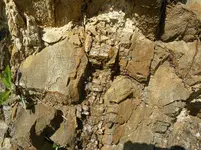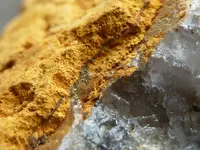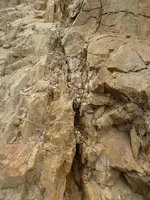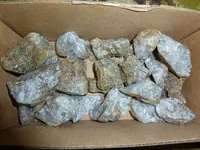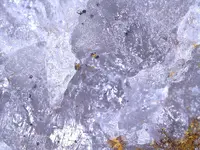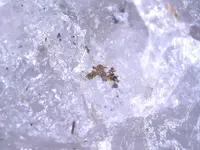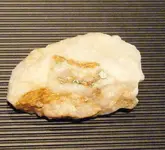605dano
Full Member
- Joined
- Nov 25, 2012
- Messages
- 191
- Reaction score
- 171
- Golden Thread
- 0
- Primary Interest:
- All Treasure Hunting
- #1
Thread Owner
I have a small parcel, 12 acres, with many varied outcrops. The geology is crazy. Many dikes and metavolcanics and quartz veins in a schist country rock. I've been sampling and have found some very small [hand lens] gold fragments. A half dozen assays have returned 3-5 grams per ton on surface grab samples. One assay showed 1/2 ounce per ton. I would dig for specimens if I knew where to look, but I have'nt a clue. Red quartz, grey quartz, yellow quartz. Ultramafic veins, felsic veins, Biotite walls or tourmaline walls, brecia, clay gouge diorite porphery veins. I don't know whether to dig or to just walk away. A mining venture is probably out of the question due to cost, regs, and size of deposit. I would be happy with some nice specimens if I could find some . Any ideas?



